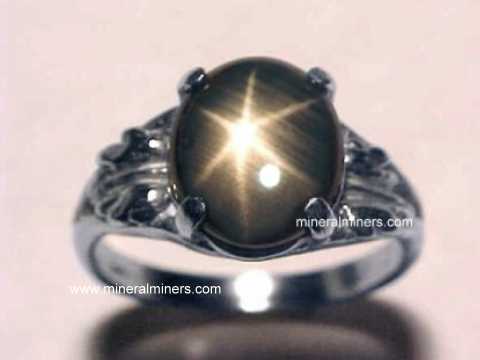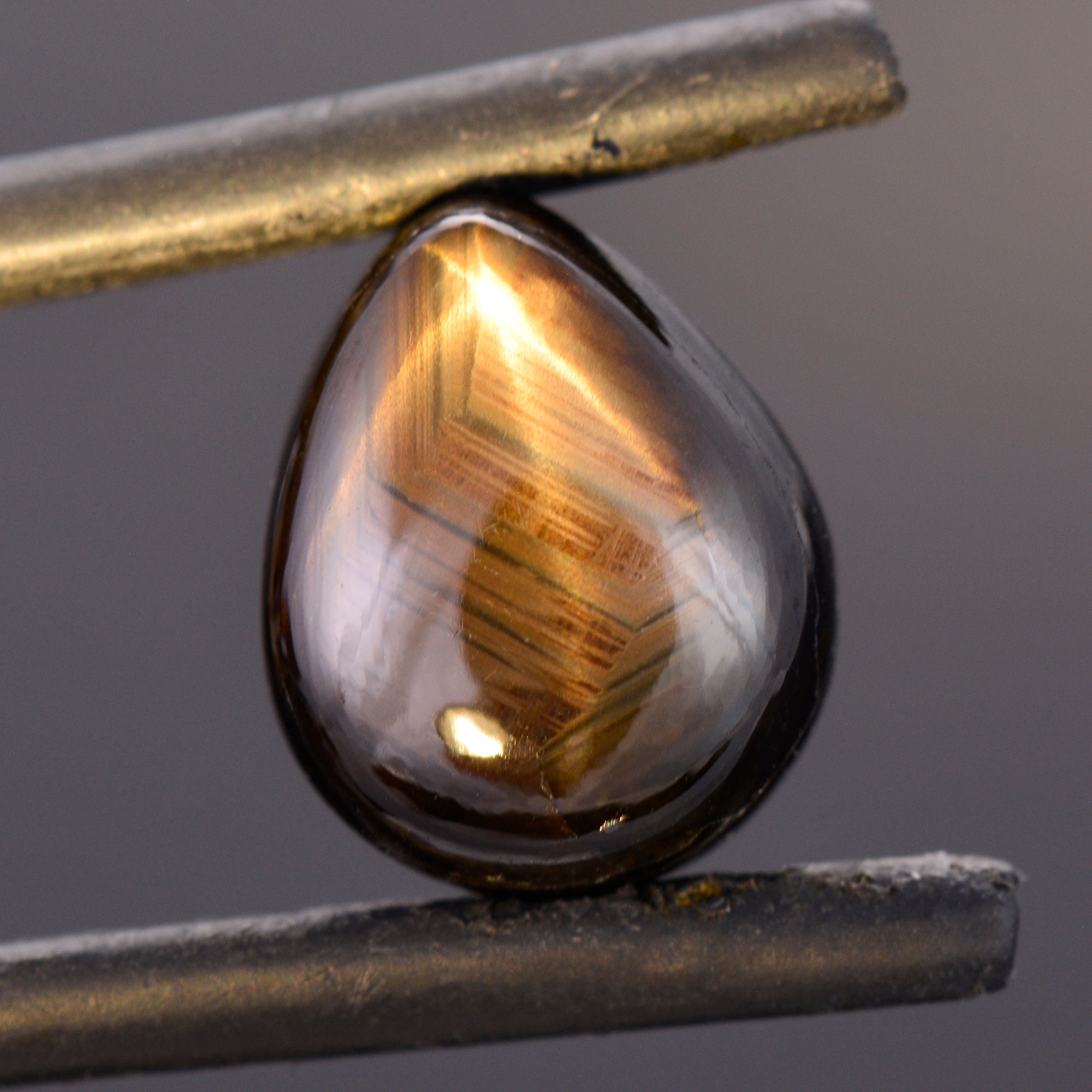

Used alone, the word 'sapphire' means blue corundum.

Blue sapphires are the most common and gems with a rich blue to violet colour are the most desirable. Sapphires contain traces of iron, titanium and nickel, giving them a range of colours including green, yellow, blue, orange, black and pink. These are called star sapphires or rubies. Sometimes they contain inclusions of crystal needles producing a six or twelve pointed star reflection. Sapphire and ruby crystals can grow to large sizes (crystals have been found weighing more than a kilogram). The impurities in corundum gems produce the large range of colours found. Gems generally get their colour because of certain metals or impurities contained in the mineral.

They have the same chemical composition and structure. Sapphires and rubies are both gem varieties of the mineral corundum. Each of these 41 brilliant cut gems is about 3 mm in diameter.


 0 kommentar(er)
0 kommentar(er)
